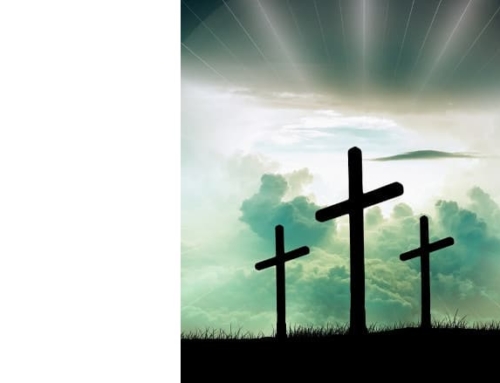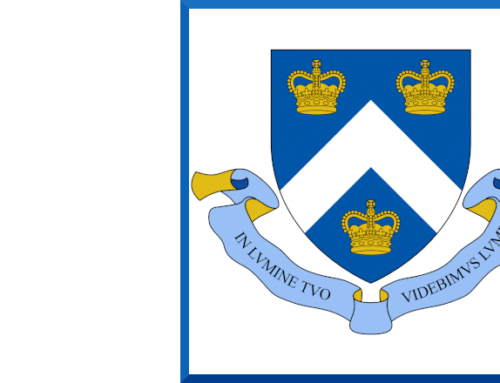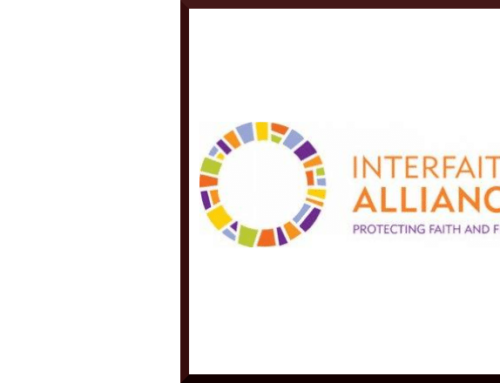In violation of a court order, someone leaked some 300 email exchanges between the New Orleans Saints and the Archdiocese of New Orleans that show how the football team provided public relations advice to the archdiocese on cases of priestly sexual abuse. The emails were given to the Associated Press, the New York Times and the Guardian; other media outlets now have them as well.
This is a story that is largely contrived. No charges of illegal behavior have been made by anyone against any party to this story. Moreover, it is hardly breaking news that elites in one sector of society offer advice to elites in another sector of society. So what gives?
Mark Florio of NBC Sports aptly notes that “it appears that the violation [of the court order] was conducted to create maximum embarrassment for the Saints. Strategically, it’s smart. The Saints are hosting the Super Bowl on Sunday. The Monday morning of Super Bowl week traditionally becomes a perfect spot to drop a nugget that will get attention, since it’s usually slow. Until, of course, the [NFL] Commissioner commences his annual Super Bowl press conference.”
Commissioner Roger Goodell has already downplayed this “story.”
It is well known in New Orleans that its owner, Gayle Benson, is a devout Catholic who is on good terms with New Orleans Archbishop Gregory Aymond. Indeed, it was Aymond who introduced Benson to her husband; he has since passed away. So it is to be expected that friends would do what friends do, and offer advice on how to handle a problem.
What prompted the email exchange was a news story in 2018 about a deacon and schoolteacher who had been accused of sexual abuse and was removed from ministry in 1988, yet was still involved at a New Orleans church. When Aymond found out he said he was “utterly surprised and embarrassed.” It was then that Greg Bensel offered to provide “crisis communications” to the archdiocese; he is the Saints senior vice president of communications. Subsequently, a 2020 lawsuit revealed that the football team offered public relations advice to the archdiocese.
Most of the accusations are about offenses that took place decades ago. We know from the most authoritative sources that the overwhelming number of cases took place between the mid-1960s and the mid-1980s, and that the offenders are either dead or have been kicked out of the priesthood. There are almost no cases of abuse taking place today, whether it be in New Orleans or anywhere else.
It should also be noted that the Associated Press is wrong to report that the offending priests were pedophiles. They were not. Over 8-in-10 were homosexuals, men who had sex with postpubescent males. Only 3.8 percent were pedophiles. The data from researchers at the John Jay College of Criminal Justice are conclusive.
The one outstanding question in this instance is whether some names of the accused that were released by the Archdiocese of New Orleans in 2018 were removed from the list. The New York Times says “it is not clear if names were actually removed from the list.” James Gulotta, a lawyer for the Saints, says no Saints employee was involved in creating the list.
The big media have no business feeling emboldened about this story. Their record of covering up sexual abuse crimes has been well detailed (see my book, The Truth about Clergy Sexual Abuse: Clarifying the Facts and the Causes). Take the New York Times.
In 2017, when four female journalists accused Times reporter Glenn Thrush of sexual misconduct, there was no independent investigation; the probe was done in-house. Dean Baquet, the executive editor of the paper, decided his behavior did not deserve termination. Instead, Thrush was allowed to undergo counseling. He still writes for the Times.
Yet when the Catholic Church does not act with dispatch, the editorial board slams them.
The same year that accusations were made against Thrush, three women accused Michael Oreskes of sexual harassment. Two of the alleged incidents occurred in the 1990s, when Oreskes was the Washington, D.C. bureau chief. At the time, Jill Abramson, who would later become the executive editor for the Times, was deputy to Oreskes. She admitted that she knew of his alleged offenses but did nothing to stop them.
Wouldn’t it be interesting if the mainstream media did a story on how deeply involved local and state public officials are in working with public school officials in handling cases of sexual abuse in the schools? It is well known that the teachers unions generously grease the Democrats.
So if the “story” on the Saints and the New Orleans archdiocese merited the front page in the New York Times, below the fold, a story of this kind surely deserves an above the fold spot, if not a spread.
We don’t have to wait and see—it will never happen.







